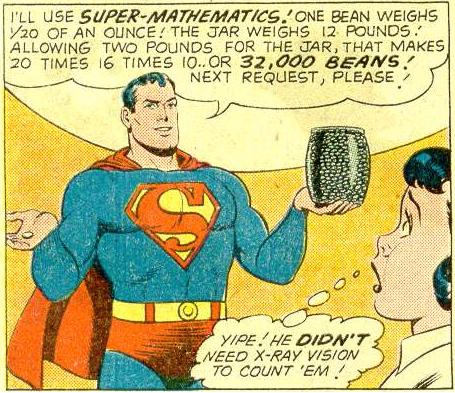There was a fun little article in the New York Times a while back (unfortunately I can't find it now and am missing some of the numbers, but the main idea still holds) about income differences across New York City's five boroughs. Apparently the mean income in the Bronx is higher than in Brooklyn, even though Brooklyn has a smaller proportion of residents below the poverty line, higher percentage of homeowners, and lower unemployment. Why is income higher in the Bronx, then? The reason, according to the article, is the New York Yankees--Yankees' salaries are so high that they make the whole borough look richer than it is.
(I'm not sure exactly how these income figures were calculated, since most of the Yankees probably don't actually live in the Bronx, but let's ignore that.) Obviously one should be comparing medians rather than means, which is where the teaching example comes in. I told my regression students this story last semester and someone asked about Queens, but I don't think the Mets' payroll even comes close to that of the Yankees (who, by the way, are a game behind the Red Sox).
.jpg)





Recent Comments